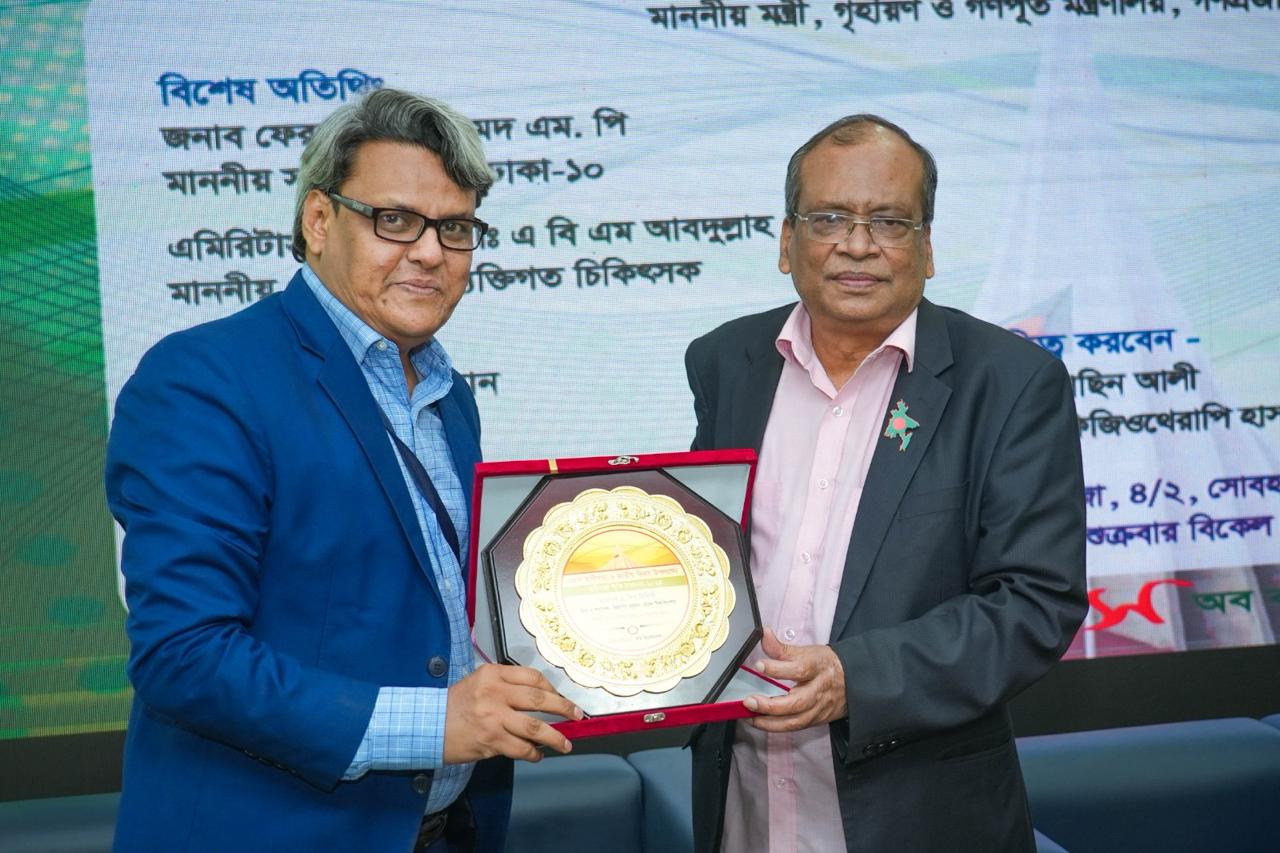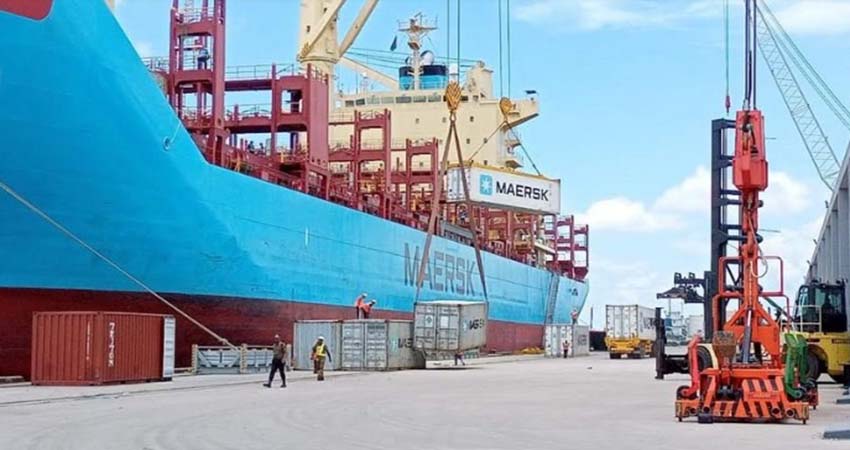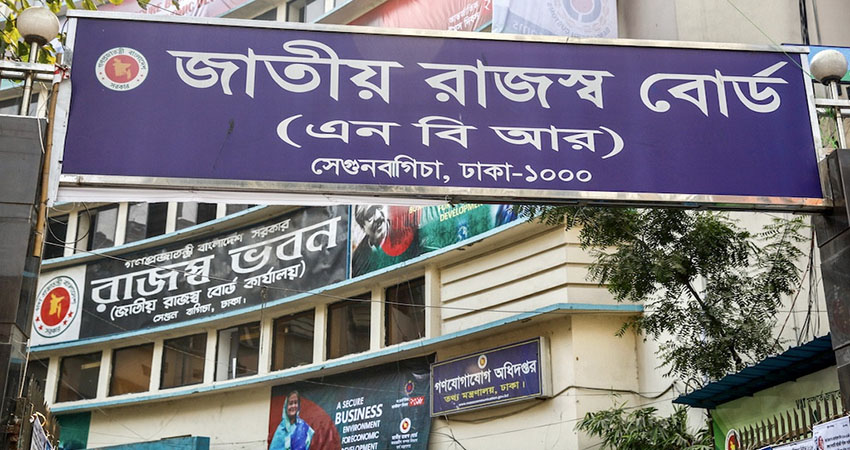The history of floods in Bangladesh is closely linked with the history of the country. Recently, the Sylhet and Sunamganj region of northeastern Bangladesh is experiencing extreme level flood. Millions of people have been flooded. According to the administration, about 3 million people have been affected in these two districts. The city of Sunamganj has been cut off from the rest of the country by flood waters.
The rain water has come down very fast in Sunamganj and Sylhet region. That is why the flood has taken a terrible form in a short time. Sunamganj city has been submerged in water and has become isolated from the whole country.Power supply to the entire district has been cut off due to submergence of two power substations in Sunamganj. The mobile network is also not working. The army has been deployed in eight upazilas of Sylhet and Sunamganj to rescue the people trapped in the flood waters.
The definition of flood in Bangladesh is unique. During the monsoon season, when rivers, canals, beels, haors and low lying areas are flooded and all crops, houses, roads, and property are damaged, it is termed as flood.
In the case of Bangladesh, there is a link between flood and crops. Flood in Bangladesh can be divided into three categories:
Monsoon flood - These floods are seasonal; causing the river water to rise slowly and flood vast areas, causing extensive damage to life and property;
Flash flood - caused by sudden mountain slopes or short-term heavy rainfall or by breaking natural or man-made dams; and
Tidal Flood - These short-term floods usually have a height of 3 to 6 meters and block the drainage system of the land. The adverse effects of this rising river level are felt all over the country. This is because it regulates both the state and capacity of flood water discharge.
This reduces the flow of small rivers and the gravitational discharge of surface water is limited to the floodplains. Due to exit obstruction, extreme levels of flood are seen in almost all parts of the country except in the northern and eastern highlands. A flood control dam in the northwestern part of the country is protecting the floodplains on the right bank of the river Teesta and Brahmaputra.
The hill catchment exit creates flash flood in the northeastern and southeastern regions. Most parts of the south-central and south-western regions are affected by flood tides, storms, tidal surges and inadequate discharge. The drainage system of the south-western region is mainly through the former tributaries of the Ganges silt. The incidence of shallow flood is very high in this region.
The factors responsible for the occurrence of floods in Bangladesh are:
1) Generally low altitude topography over which major rivers flow. Rivers have formed a densely arranged drainage network consisting of their tributaries; 2) Heavy rainfall in upstream areas outside and inside the country; 3) Melting of snow in the Himalayas and natural migration of glaciers; 4) Filling of river bed due to siltation, occupancy of river bank or landslide;5) Simultaneous rise of water in major rivers and influence of one river over another; 6) human intervention in nature; 7) Slow ocean flow of rivers as a result of reverse action of tides and wind currents; 8) response to sea surface changes; 9) Geo-structural disturbances (earthquakes, changes in river flows and topography); 10) Possible greenhouse effect etc. The floods of August-September 1988 were catastrophic. About 82,000 sq km area was damaged. Such floods occur once in 50-100 years. Rainfall and the flow of three major rivers in the country at the same time within three days at the same time caused further flooding. Dhaka was also flooded. The flood lasted for 15 to 20 days.
In 1998, more than two-thirds of the country was flooded for more than two months. The floods were caused by heavy rainfall, the flow of three major rivers in the country at the same time and the backwater effect. Flood Management, flood control and discharge projects rely heavily on dams, polders and gravity conductors. Over-reliance on structural approaches to flood management, as well as other structures such as roads, highways and railways hinder the flow of water.
In many cases, it exacerbated the flood situation in the country. Despite huge investments in flood control and drainage projects, the results are not satisfactory. The catastrophic floods of 1987 and 1988 caused widespread destruction and loss of life. As a result of these floods for two consecutive years, the government repeatedly devised a plan to find a long-term comprehensive and lasting solution to the flood problem. A number of important surveys were conducted, which resulted in the formulation of a flood prevention plan in 1989.
However, most of these proposals are centred on the Ganges, although the discharge of the Brahmaputra during the flood season is higher than that of the Ganges. At present, Bangladesh is pursuing a strategy of constructing flood control dams at the rate of 130,000 hectares per year to protect human settlements and crop lands from floods. Its benefits in terms of profit and security have been well highlighted. Although it's environmental impact in the long run has not been properly assessed.
The Bangladesh Water Development Board has constructed a number of dams and dug canals to reduce flood damage and adverse effects and to use additional water for irrigation. In addition to the above structural measures, non-structural measures need to be seriously considered as an alternative strategy for flood mitigation and damage reduction. Non-structural measures refer to social adaptation to flood management.
As flood management is an integral part of overall water resource management, regional cooperation will help create a conducive environment for much-needed joint ventures to ensure sustainable utilization of the water ecosystem.
Writer: Columnist, and Asst Officer, Career & Professional Development Services Department (CPDS), Southeast University.



















